Payment Direction Letter Template for Smooth Transactions
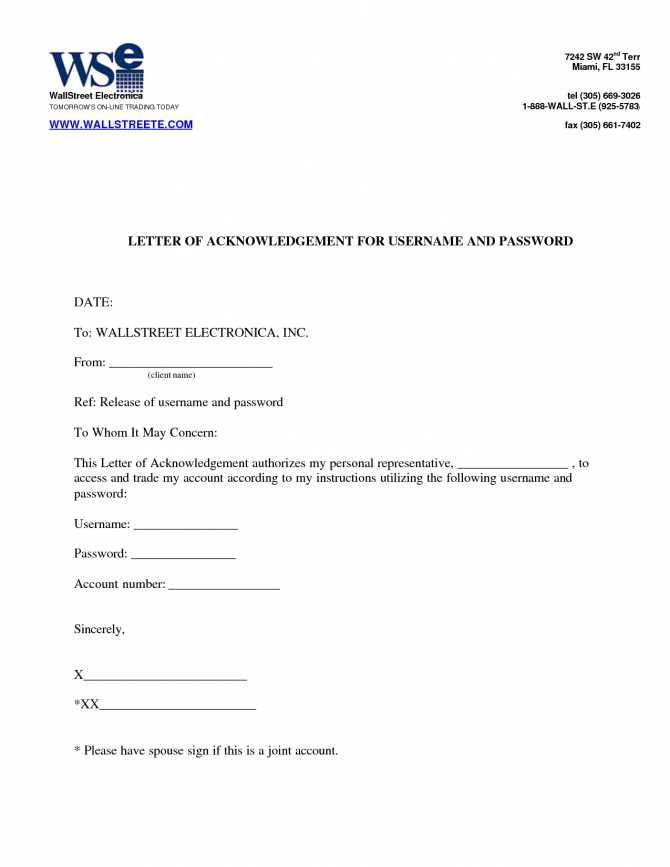
When it comes to facilitating smooth transactions, providing clear and concise guidance is essential. A well-structured document can significantly improve communication between parties and ensure that financial processes are carried out efficiently. This guide will help you understand how to create a reliable and professional instruction form that outlines the necessary steps for making payments. Whether you are an individual, a business owner, or a financial institution, knowing how to construct this type of document is crucial to avoid confusion or delays.
Key Elements of an Instruction Form
In order for your document to be effective, there are certain critical components that must be included. The following details should be clearly outlined:
- Sender’s Details: The full name and contact information of the person or entity providing the payment instructions.
- Recipient’s Information: Details of the individual or organization receiving the funds, including their name, address, and any necessary account numbers.
- Amount: The specific amount to be transferred, as well as the currency in which it should be paid.
- Payment Method: Instructions on how the funds should be transferred, whether it’s via bank transfer, check, or another method.
- Due Date: The deadline for completing the payment, along with any penalties for late submissions, if applicable.
How to Format Your Document
Ensuring that the document is well-organized and easy to follow is important for clarity. Here are some tips for structuring the information:
- Begin with clear headings: Start with the title of the document, followed by a brief introduction that explains the purpose of the form.
- Use bullet points and numbered lists: These help break down the information into digestible chunks and guide the reader through the necessary steps.
- Ensure consistency: Use the same format for each section to avoid confusion and make the document easy to navigate.
Adapting the Form for Specific Needs
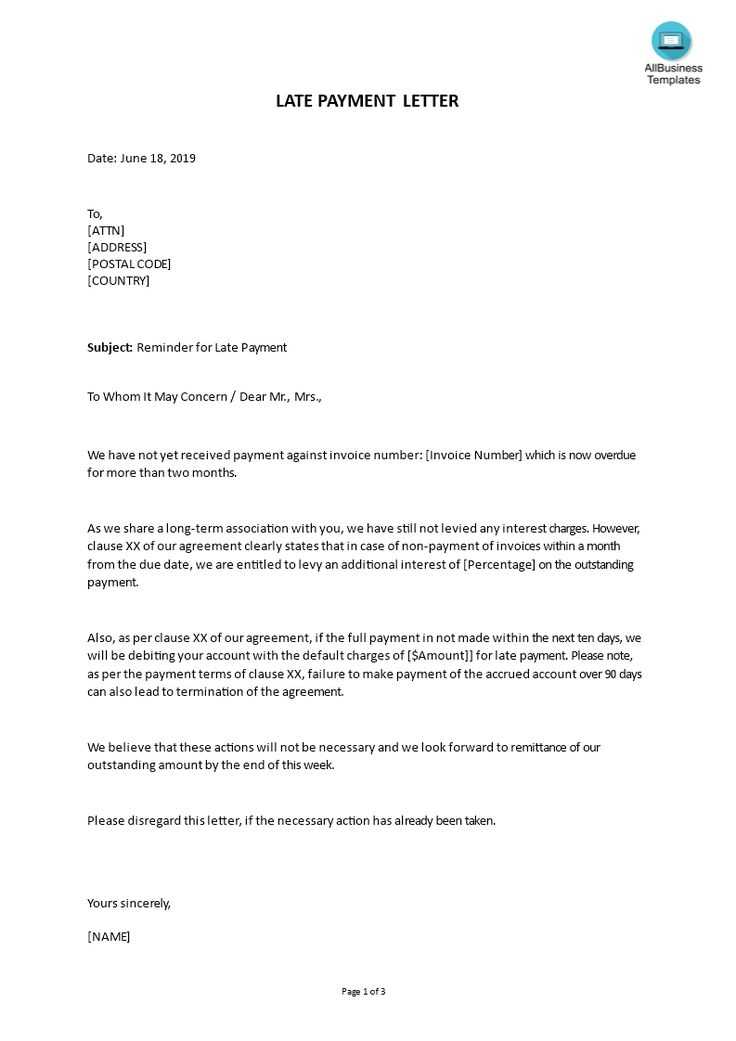
While the core structure of your document will remain the same, you may need to adjust certain sections based on your particular requirements. For example, if you’re dealing with international transactions, you may need to add information about exchange rates, transfer fees, or specific banking details for different countries. It’s important to customize the content to suit the situation and make sure all relevant information is provided.
Common Pitfalls to Avoid
There are a few common mistakes that can make your instruction form ineffective or cause confusion. Be mindful of the following:
- Ambiguous Instructions: Avoid vague terms that could lead to misinterpretation. Be precise and specific about the steps and details.
- Missing Information: Double-check that all necessary details, such as account numbers or recipient information, are included.
- Complex Language: Use simple and clear language to ensure that the document is easy to understand for all parties involved.
Understanding Payment Instructions and Best Practices
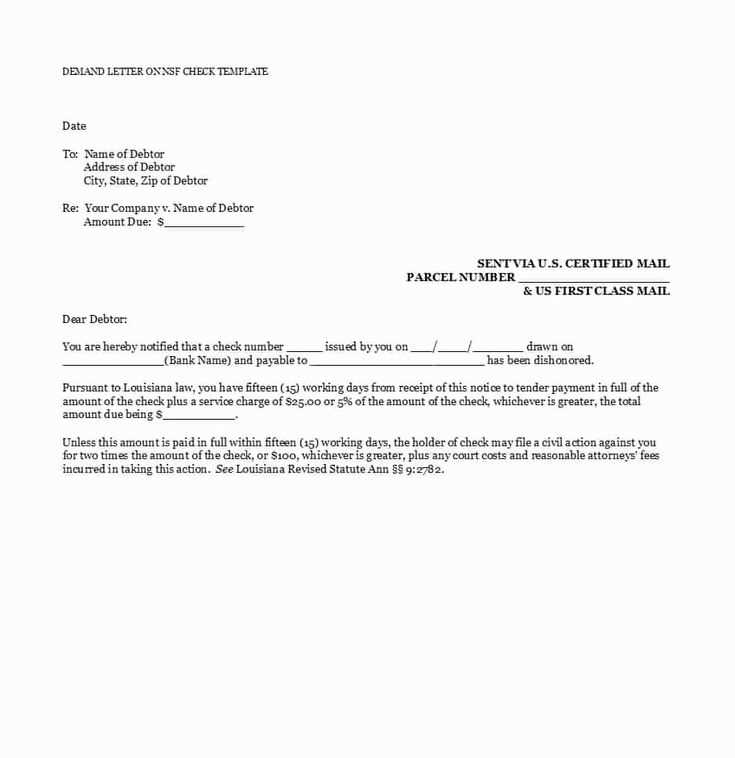
Creating a well-structured document that outlines the necessary steps for transferring funds is essential for ensuring smooth transactions. A clear and concise guide can prevent misunderstandings and provide recipients with all the required details to complete a financial exchange. This section explores the key components of such a document, offers practical advice on drafting it, and highlights potential issues to be aware of.
Advantages of Using a Structured Instruction Form
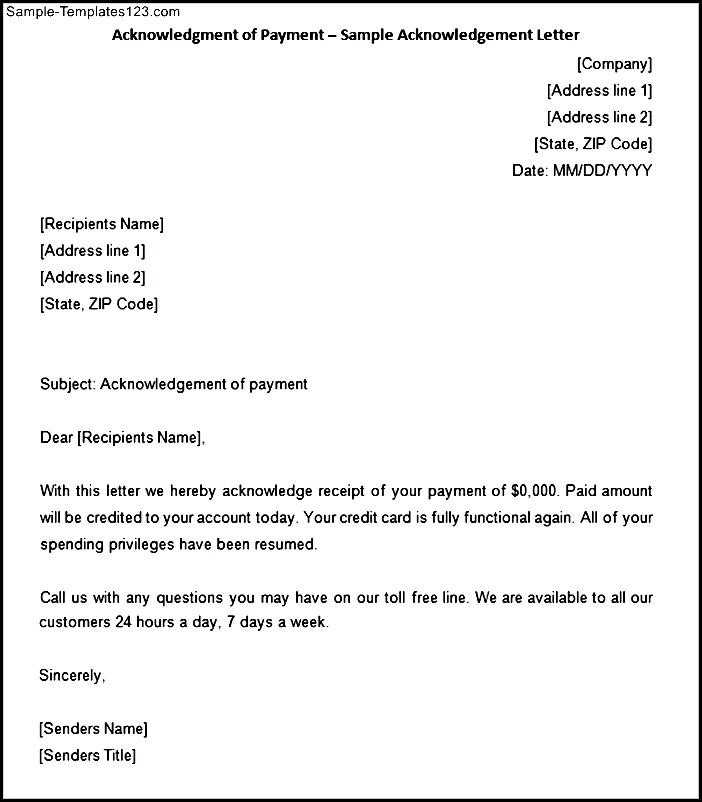
Using a detailed financial instruction form has several benefits. It ensures that both parties are on the same page regarding the transaction process, reducing the likelihood of errors or confusion. Additionally, it provides a clear record of the agreed-upon terms, which can be useful for future reference or resolving any disputes. A well-organized document also saves time and minimizes the risk of missing crucial information.
Steps to Draft an Effective Instruction Form
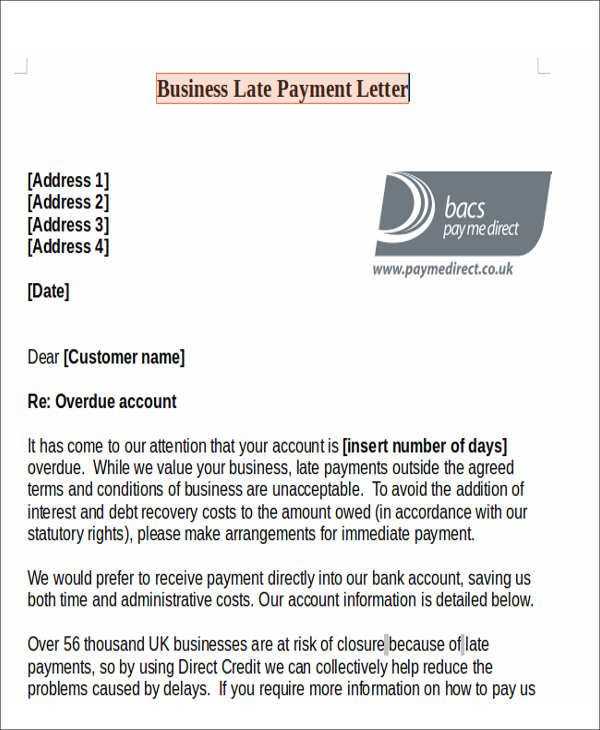
Drafting a reliable guide involves several key steps. Start by defining the purpose of the document and gathering all the necessary details, such as payment amount, recipient information, and method of transfer. Next, organize the information logically, starting with essential details and followed by specific instructions for completing the transaction. Make sure the document is easy to follow and clearly written, avoiding any complex language that might confuse the reader.
Key Details to Include in Your Document
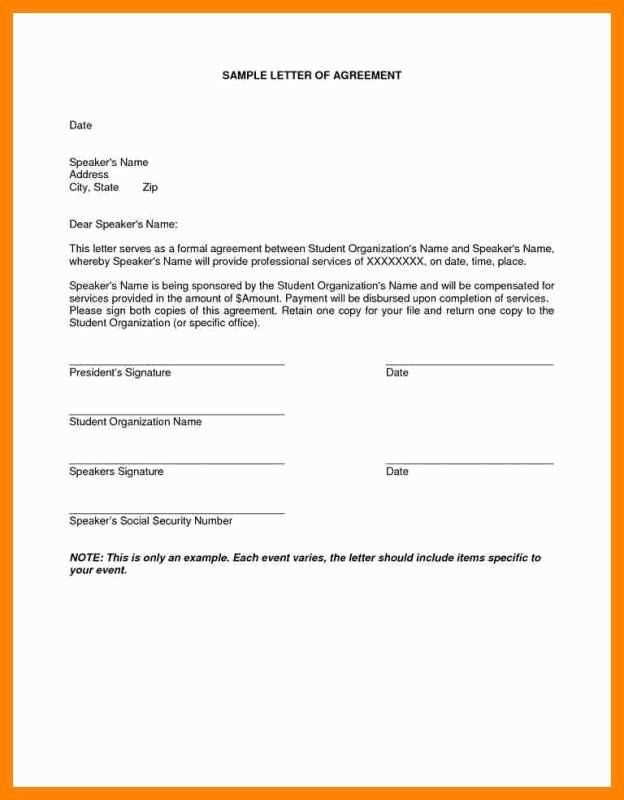
To ensure clarity and prevent delays, include the following critical details:
- Sender’s Information: Name, contact details, and any reference numbers.
- Recipient’s Information: Full name, address, account number (if applicable), and contact details.
- Transaction Amount: The exact amount to be transferred and the currency.
- Payment Method: Specify the mode of transfer, whether via bank transfer, cheque, or another method.
- Deadline: The expected time or date by which the transaction should be completed.
Adapting the Document for Specific Needs
While the general structure remains the same, you may need to modify the content based on your specific requirements. For example, when dealing with international transfers, additional details like exchange rates or country-specific payment instructions may be necessary. It’s essential to tailor the content to fit the unique circumstances of each transaction, ensuring all relevant information is included and easy to understand.
Common Issues to Watch Out For
Even a well-written document can face issues if not carefully prepared. Some common problems include:
- Missing Information: Leaving out critical details like account numbers or payment methods can delay the process.
- Unclear Instructions: Vague or overly complex instructions can lead to confusion and mistakes.
- Formatting Errors: A poorly organized document can make it difficult for recipients to locate the necessary details.